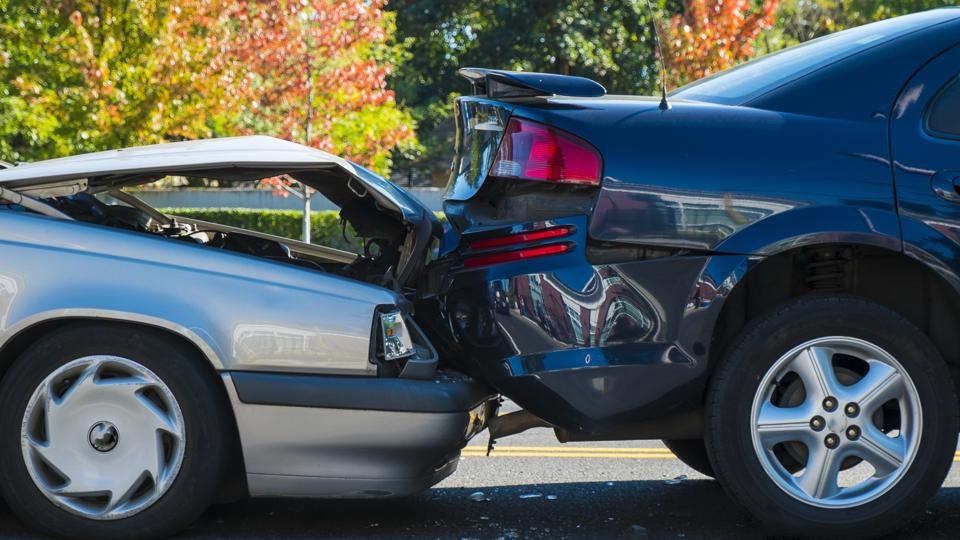Comments
- No comments found

Proving fault in a rear-end collision case is a crucial step in seeking compensation for damages.
Rear-end collisions happen all the time and can leave cars damaged and people hurt. While these accidents are usually straightforward, establishing fault can sometimes become challenging. Insurance companies may try to shift blame, or the other driver may argue against being at fault. Therefore, gathering the right evidence and understanding the legal process is essential. Knowing the steps involved can help build a strong case. This article explores various ways to prove fault in a rear-end collision case.
In most rear-end collisions, the driver of the rear vehicle is presumed to be at fault. Drivers should always keep a safe distance from the car in front of them to stay safe on the road. The driver behind should be able to stop in time to avoid a collision, even if the front vehicle stops suddenly. However, this presumption is not always final. There are situations where the driver in front could be partially or fully at fault. For example, if the front driver suddenly changes lanes or their brake lights are not working, the fault may shift. Proving these exceptions requires solid evidence.
Collecting evidence immediately after the accident is crucial for proving fault in a rear-end collision case. Photos of the accident scene can provide clear visual proof of what happened. Pictures should include damage to both vehicles, skid marks, weather conditions, and the road's layout. Witness statements are also valuable. If there are any bystanders who saw the accident, their accounts can help support your version of events. Additionally, getting a police report can be important. Police reports often contain an officer's observations and initial conclusions about who was at fault. Gathering as much evidence as possible will help make your case stronger.
Traffic laws play a significant role in determining fault in rear-end collision cases. If the driver behind was speeding, tailgating, or distracted, these violations could help prove their negligence. Traffic violations are strong indicators of fault and can be used as evidence in both insurance claims and court cases. For instance, if a driver was texting or talking on the phone at the time of the accident, it could show a lack of attention to the road. Traffic camera footage or eyewitness testimony can sometimes prove these violations. Proving that the rear driver broke traffic laws can make it easier to establish fault.
Expert testimony can be valuable in rear-end collision cases, especially when there is a dispute about fault. Accident reconstruction experts can analyze the scene and provide insights into how the collision occurred. They use data like the damage to the vehicles, skid marks, and the final resting positions of the cars to recreate the accident. Their reports can help clarify who was responsible and why. Medical experts can also provide testimony on how the injuries align with the type of collision. Gathering expert opinions helps make a stronger case. This approach could be more persuasive to a judge or jury. It makes your argument solid.
Medical records are important when proving fault and claiming compensation after a rear-end collision. Accidents can cause minor injuries like whiplash or major ones like spinal damage. Documenting your injuries and treatment from the moment of the accident can help establish a timeline. This timeline can show how the accident directly caused your injuries. It’s a good idea to keep track of your medical expenses, doctor visits, and therapy sessions. These records not only prove the extent of your injuries but also the financial impact. A detailed medical history can help show how serious the accident was and strengthen your claim.
To prove fault in a rear-end collision, you'll need substantial evidence, legal know-how, and sometimes help from expert testimony. While the rear driver is often presumed to be at fault, various factors can change that assumption. Gathering solid evidence at the accident scene, understanding relevant traffic laws, and using expert testimony can all play a role in building a strong case. Medical records and documentation of injuries are equally important to show the accident's impact. By understanding these elements, you can better navigate the process of proving fault and securing fair compensation. A well-prepared case is crucial for achieving a favorable outcome, whether dealing with insurance companies or in court.
Leave your comments
Post comment as a guest